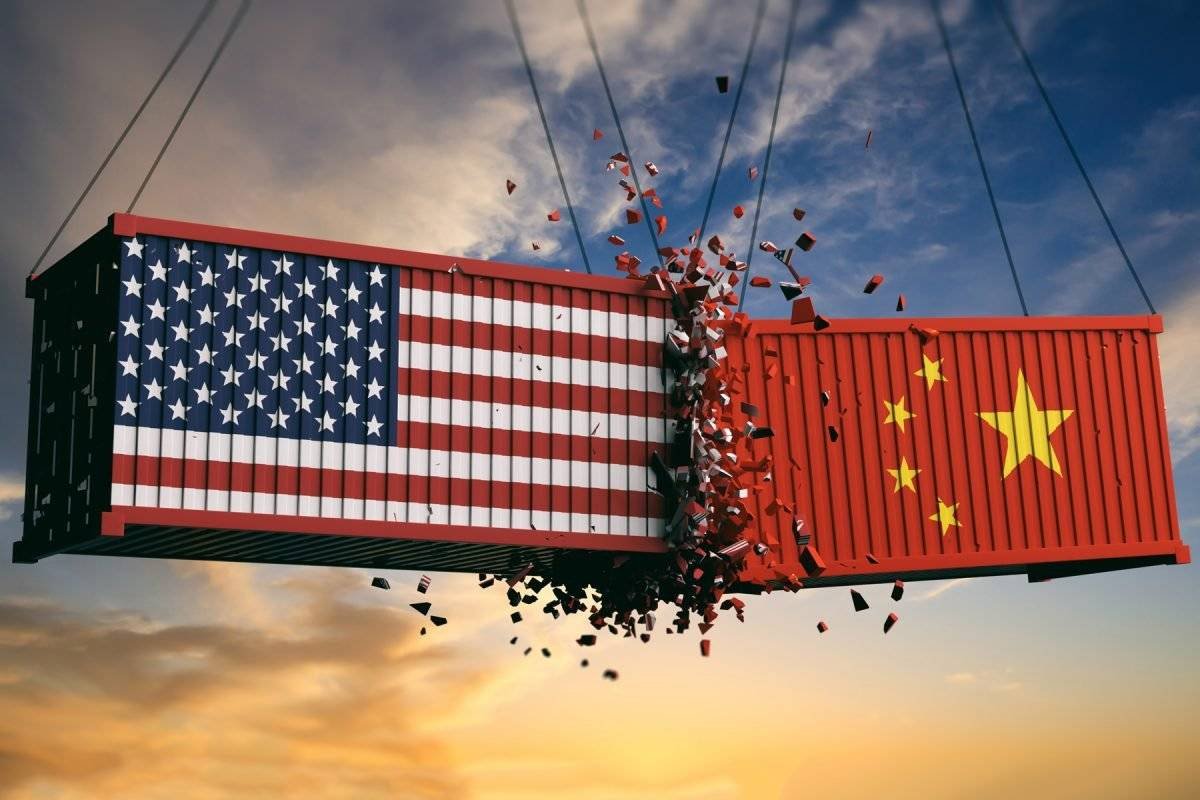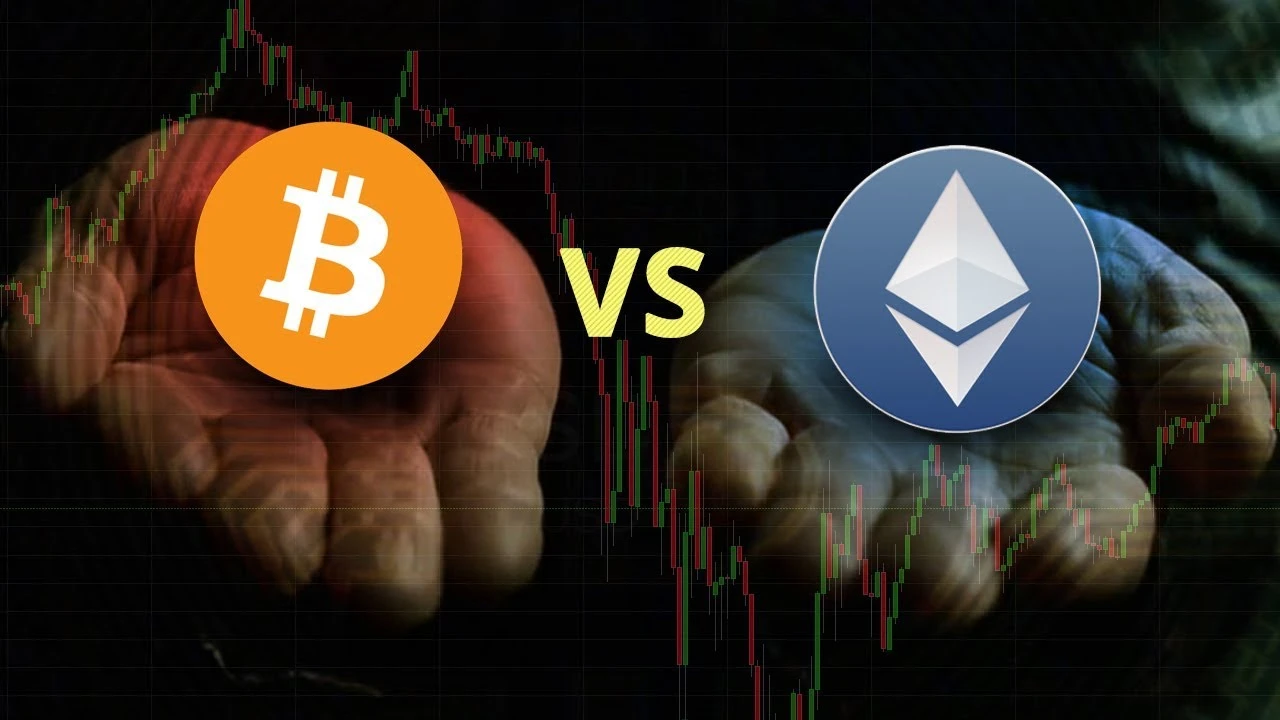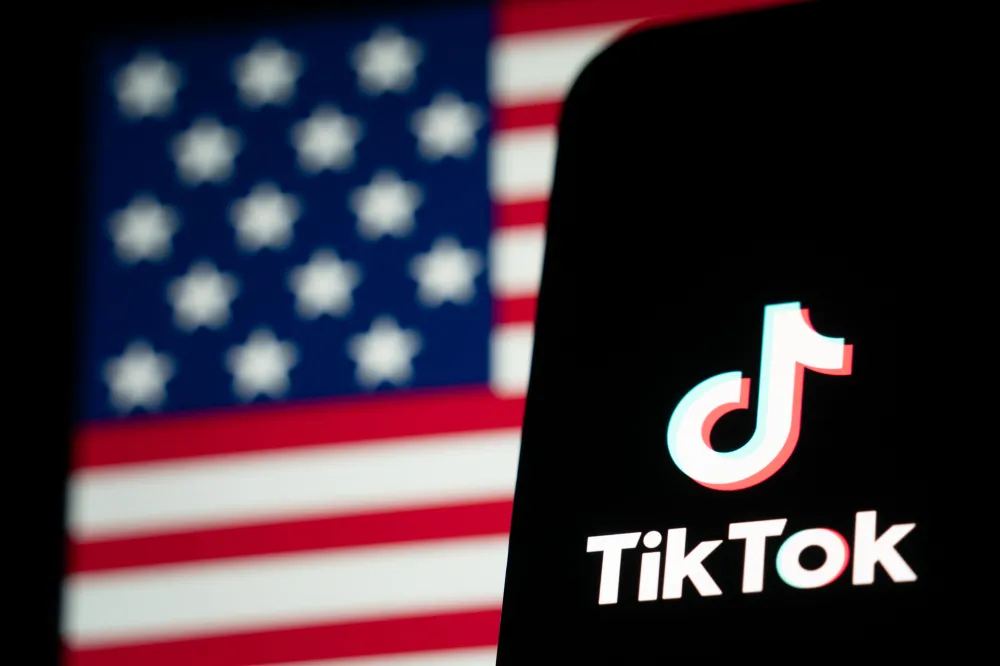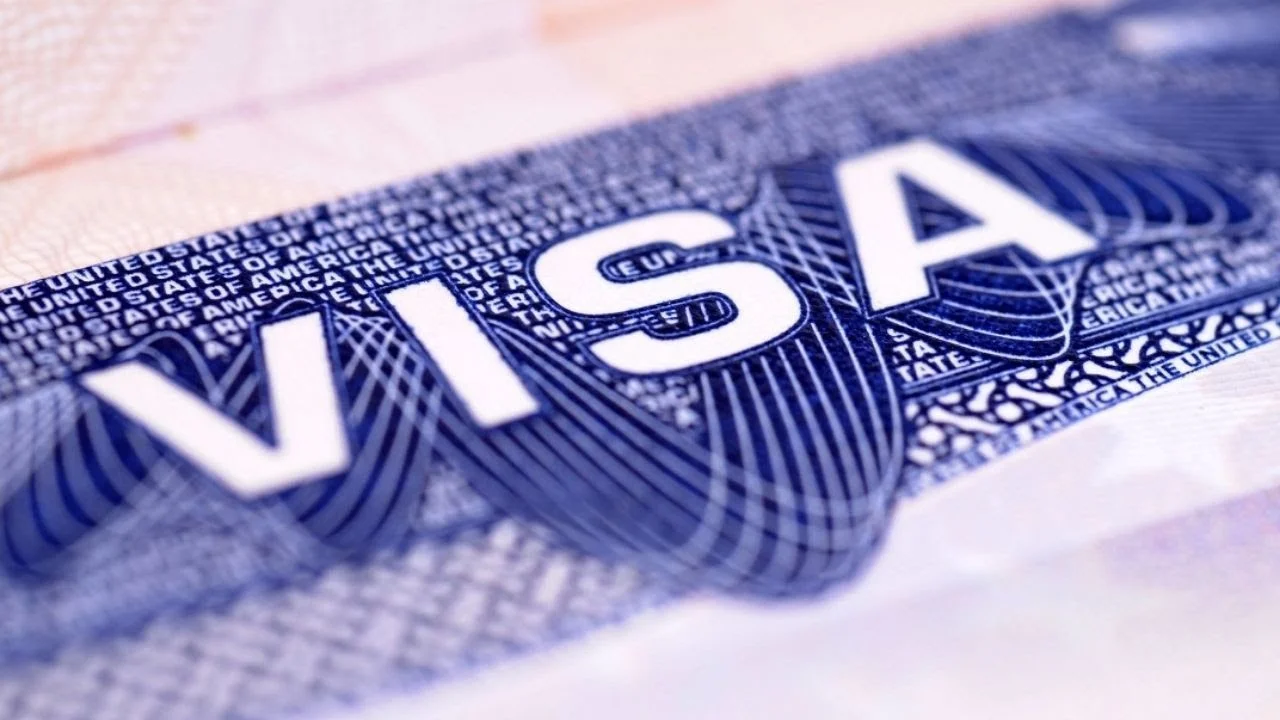This is no longer a thought experiment. Tensions between the United States and China have reached levels where a military confrontation is no longer unthinkable. In 2025, with Taiwan at the centre of rising hostilities, both nations are making visible moves that suggest war is not just possible but dangerously close.
The United States and Its Allies Are Already on Alert
American warships continue to sail through the Taiwan Strait in an unmistakable show of resolve. At the same time, Washington is strengthening alliances in the Indo-Pacific. Japan, Australia, and the Philippines are increasing joint training missions with American forces. Military bases are being reinforced. Weapons systems are being deployed faster than at any point in recent years.
But uncertainty remains. Australia, for instance, has yet to declare whether it would intervene in a direct US-China conflict. This hesitation is raising concerns within American defence circles. Without unified action, the strength of allied resistance could weaken under pressure.
China Is Getting Ready in More Ways Than One
China has been building for this moment. It now commands the largest navy in the world by number of vessels. Military exercises near Taiwan have grown more intense and frequent. In May alone, Chinese fighter jets entered Taiwan’s airspace over one thousand times. Each flight is a message. Beijing is signalling that it is ready to act if it chooses to.
At the same time, China is modernising its missile systems, expanding its nuclear arsenal, and integrating advanced technology into command operations. This includes artificial intelligence used for battlefield decision-making and cyber operations. Its military planning now spans land, air, sea, space, and the digital realm.
The First Phase of War Would Move Faster Than Most Expect
A war with China would not begin with a ground invasion. It would start in the skies, the seas, and through silent digital attacks. Cyber weapons could target American power grids, ports, banking systems, and communications networks. Satellites could be disrupted. Chaos at home would come even before the first bullet is fired overseas.
In the Pacific, both navies would likely face off in a matter of hours. US forces stationed in Guam and Okinawa would be at risk of missile strikes. Hypersonic weapons could be used to attempt a quick disabling of American assets. Taiwan would become the first flashpoint, but the battle could quickly spread to include Japanese and Philippine territory.
Simulations Suggest No Easy Victories for Either Side
Think tanks and military planners have run dozens of war games focused on a potential Taiwan scenario. In many cases, China is able to make initial gains. However, those victories often come at a tremendous cost. The longer a conflict drags on, the more difficult it becomes for China to sustain pressure, especially if Western allies coordinate an economic and military response.
Still, even a short war would be catastrophic. Supply lines would be broken. Civilians would be caught in the crossfire. No side wins cleanly in a battle of superpowers.
The Global Economy Would Begin to Collapse Within Days
War between the United States and China would not remain a regional matter. The first thing to break would be global trade. Roughly one-third of the world’s shipping passes through the South China Sea. If even a part of that traffic is halted, goods would stop flowing. The effects would ripple across every economy.
Stock markets would crash. Oil prices could double in a week. Factories in Europe and North America would shut down due to missing parts. Semiconductors, electronics, rare earth materials, and pharmaceutical ingredients—many of which originate from China—would become nearly impossible to source. The result would be global inflation and mass shortages.
China would face its own economic disaster. With sanctions from the West, foreign companies would exit. Export businesses would fail. Energy imports could be disrupted, and millions of people could lose jobs. Yet, Beijing has been preparing for economic isolation. It has developed local alternatives, created internal payment systems, and begun hoarding vital commodities.
The Nuclear Risk Cannot Be Ignored.
Both the United States and China possess nuclear weapons. Each side claims it would only use them in response to an attack. But war brings unpredictability. If either side faces heavy losses or believes its survival is at risk, it might consider limited nuclear strikes.
China is building more mobile launchers, new silos, and advanced missile systems designed to strike from long distances. These developments reduce warning times and increase the chance of error. The pressure on leaders to respond quickly in such a scenario would be immense. That is how escalation can outpace diplomacy.
Other Nations Would Be Dragged In Quickly
Taiwan would be at the centre of the storm, but it would not be alone. Japan would be forced to act. This is because it has military bases and mutual defence pacts. South Korea, already living under North Korean threats, could face a two-front conflict if Pyongyang chooses that moment to strike.
Australia would be expected to host American forces and possibly engage in nearby operations. The Philippines, recently deepening military ties with the United States, could see its territory used in air or naval missions.
NATO may not respond as a bloc, but several member countries would assist through intelligence, cyber operations, and logistics. Russia may quietly support China, using the distraction to press further in Ukraine or test Europe’s defences.
This Is a War the World Cannot Afford
No matter the outcome, a war between the United States and China would reshape the twenty-first century. It would cost countless lives, rewrite alliances, and dismantle economies. The damage would last for decades.
As the situation around Taiwan becomes more volatile, every new military drill or intercepted flight carries the weight of what might follow. In this new world, a single misstep is all it could take to turn warnings into war.



















